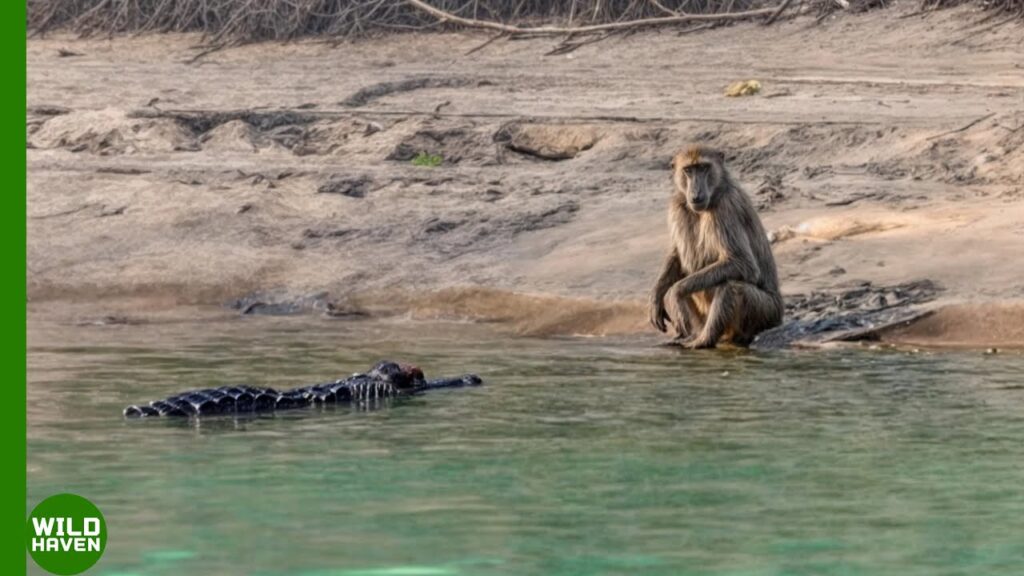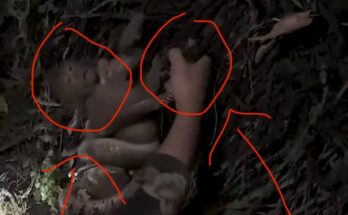
The monkey, small but agile, was searching for ripe fruits along a high branch. Unaware of the danger, it plucked berries one by one, pausing occasionally to chew. Then, the forest floor rustled. The sound was faint, almost unnoticeable, but enough to make the monkey freeze. His ears twitched, scanning for the source.
Suddenly, from the underbrush, a large predator emerged—muscles tense, eyes sharp, ready to pounce. In seconds, the calm forest transformed into a scene of chaos. The monkey’s instincts kicked in. Without hesitation, it leapt from branch to branch, its tiny body swinging with incredible speed.
The hunter followed closely, crashing through the bushes and leaping over fallen logs. The chase was fast and intense—seconds felt like minutes, and every movement could mean the difference between life and death. The monkey knew the forest well, but so did the predator. One wrong turn, one misjudged jump, and it would all be over.
High in the trees, the monkey spotted a thick vine hanging across the path. With a daring swing, it launched itself toward a distant branch, barely escaping the predator’s reach. The chase slowed as the hunter lost sight of its prey, fading into the shadows in frustration.
Panting heavily, the monkey clung to the tree, its heart racing. Survival had once again been won by quick reflexes, but in the wild, safety is never guaranteed. Every day is a test of awareness, agility, and instinct.
For this little monkey, the lesson was clear—danger comes without warning, and the only way to survive is to always be ready. The forest may be beautiful, but in its beauty lies a constant, silent battle for life.


